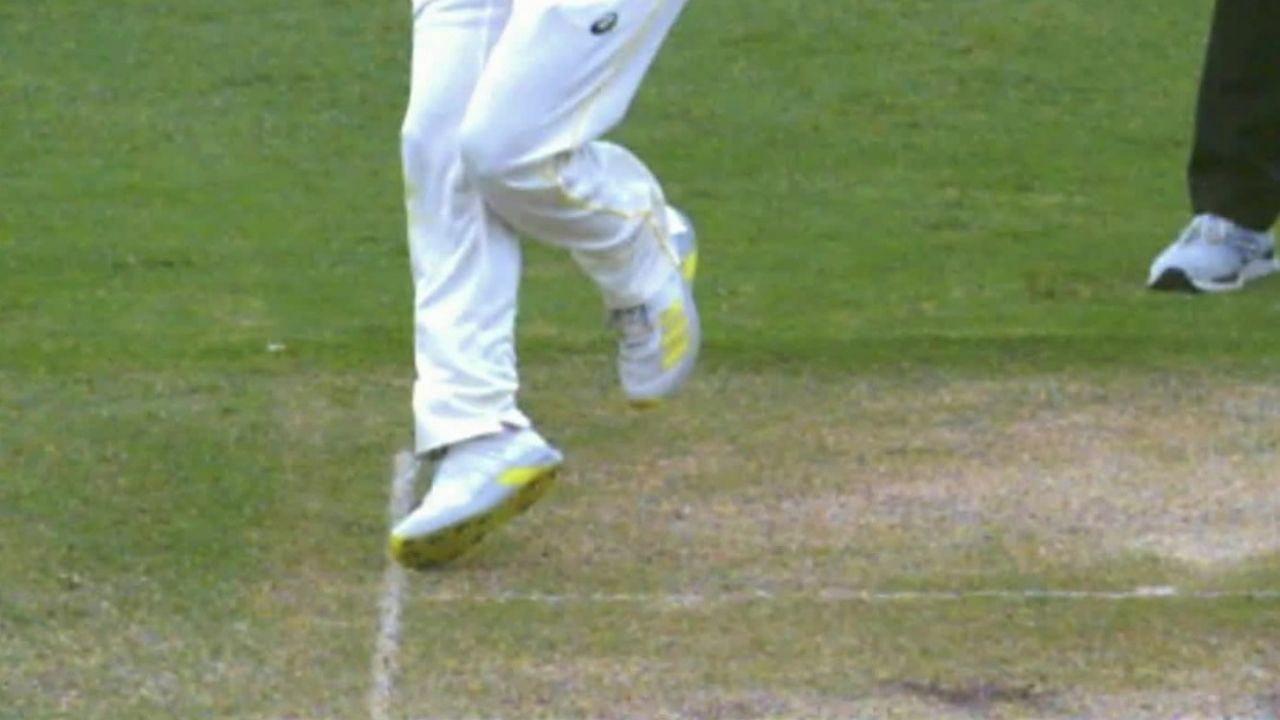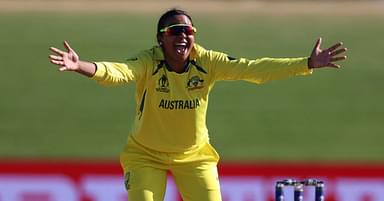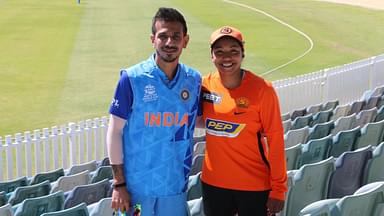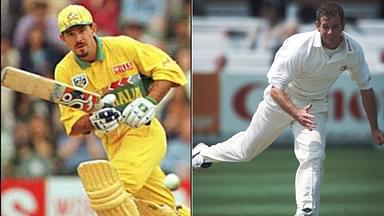Back foot no ball in cricket: The penultimate English wicket turned out to be a fascinating one due to the bowler’s back foot.
Advertisement
The one-off Women’s Ashes Test between Australia and England in Canberra ended in a draw on Day 4 at a time when all four results were possible going into the last two overs.
Chasing a 257-run target on a final day pitch, England scored 245/9 in 48 overs despite looking set to win the match a few overs ago. Highlighting how tricky a Test chase can be, England lost wickets in a hurry in the last six chances only to hurt their chances of registering a world record run-chase.
As if the fourth day didn’t comprise of enough drama already, the penultimate English wicket added some more to increase the tension among players and fans.
It all happened in the 46th over, when needing 13 runs off 19 balls, England spinner Charlie Dean swept Australia spinner Alana King only to top-edge the ball to wicket-keeper Alyssa Healy.
Back foot no ball in cricket
King, who was bowling leg-spin from round the wicket, had to stop midway her celebration of picking the second wicket of her spell as third umpire Bruce Oxenford was checking for a back foot no-ball as the bowler’s right foot was quite close to the returning crease.
so. shook.
One wicket required. #Ashes pic.twitter.com/HvK6PR3JZM
— Australian Women’s Cricket Team 🏏 (@AusWomenCricket) January 30, 2022
While Oxenford ruled the decision in King’s favour, legendary cricketers calling the match thought of the otherwise. “The rule is some part of the foot has to land before it touches the crease line and on first vision, to me, it felt as if there was contact. It looked even more so from behind,” former Australia batter Mel Jones said on Fox Cricket to received an affirmative from from former England pacer Isa Guha.
According to MCC’s Law 21.5.1 for back foot no balls, “the bowler’s back foot must land within and not touching the return crease appertaining to his/her stated mode of delivery”.
In such a situation, first contact becomes extremely crucial for an umpire to call a no-ball. While King’s foot did touch the back foot eventually, the first point of contact came to her rescue at the Manuka Oval today. A part of Kings’ right foot appeared to touch the returning crease initially but it wasn’t the case as it appeared to be airborne on that particular occasion.







